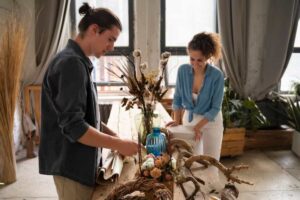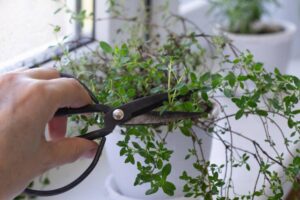The Interior Blog
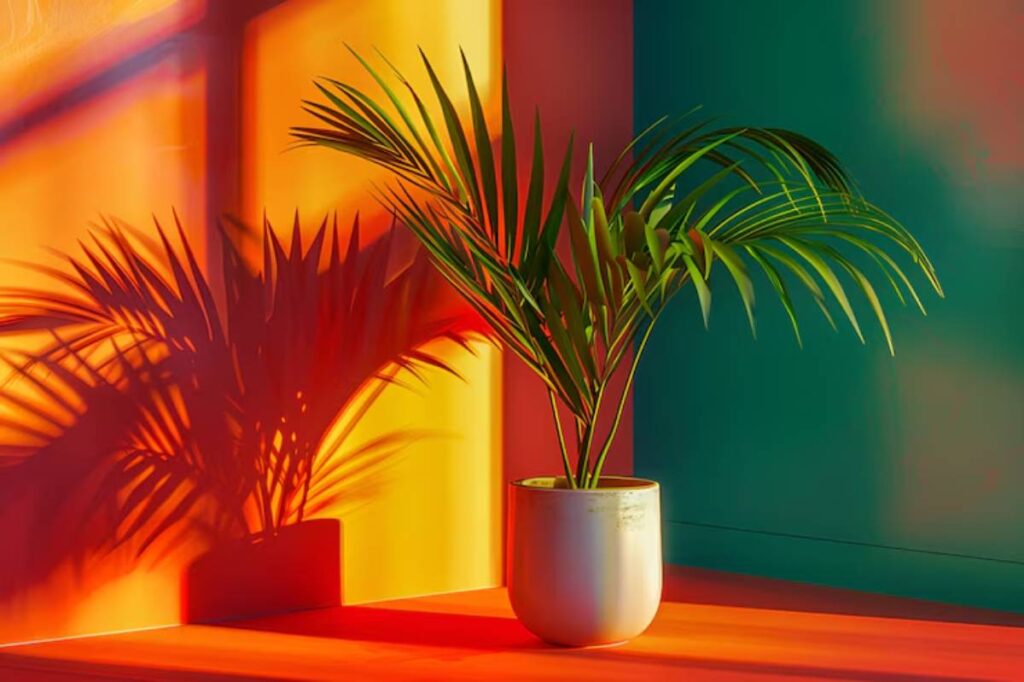
5 Exotic Houseplants That Double as Art Pieces
When you think of home décor, your mind probably jumps to framed prints, sculptures, or statement furniture. But what if your most stunning conversation piece could be… a plant?
Welcome to the world of exotic indoor plants — rare, eye-catching greenery that doesn’t just decorate a space, but transforms it. With dramatic foliage, sculptural forms, and colours that rival any painting, these plants are more than just living décor. They’re natural art pieces that evolve over time, offering fresh beauty every day.
In this article, we’ll introduce you to five rare houseplants that combine botanical beauty with high design. You’ll learn what makes each plant special, how to care for it, and how to style it so it shines as the focal point of any room. Whether you’re a seasoned plant parent or someone seeking a unique touch of nature, these artistic greens might just be your next design muse.
Why choose exotic houseplants as design statements?
1. They offer sculptural, living beauty
These aren’t your typical leafy greens.
Exotic plants come with:
- Architectural leaves
- Intricate patterns
- Unexpected shapes and sizes
They naturally catch the eye and add depth to any room.
2. They express personality and taste
Owning a rare plant feels a bit like owning a piece of modern art — bold, expressive, and unique to you. It’s the botanical equivalent of an original painting.
3. They grow with you
Unlike static décor, these plants evolve over time. New leaves, colour shifts, and even blooming cycles make them dynamic additions to your space.
4. They spark conversation
Expect questions from guests. “What is that plant?” becomes the opening to a story about travel, taste, or your growing plant collection.
1. Alocasia ‘Polly’ (African Mask Plant)
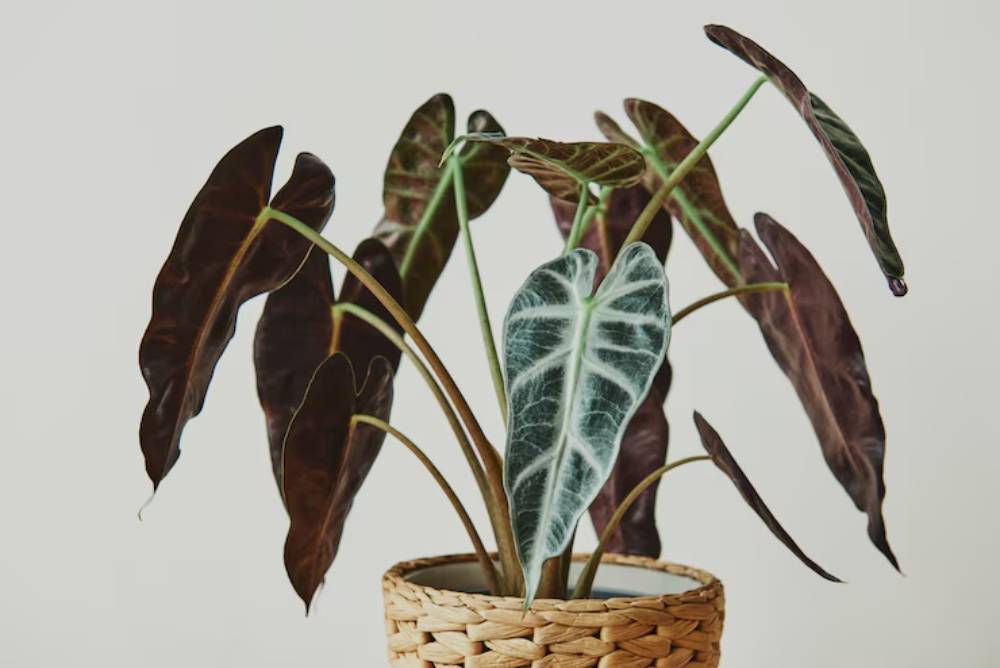
Why it’s an art piece
With its deep green, arrow-shaped leaves and striking white veins, the Alocasia ‘Polly’ looks like it was carved from stone. Its glossy finish, bold symmetry, and dramatic silhouette make it feel more like a sculpture than a plant.
How to style it
- Use as a focal piece on a plant stand or pedestal
- Pairs well with minimalistic or monochrome interiors
- Looks beautiful in black, ceramic, or metallic pots
Care requirements
- Light: Bright, indirect light
- Water: Keep soil evenly moist; don’t let it sit in water
- Humidity: Loves humidity — ideal for bathrooms or grouped with other plants
- Pet safe? No — it’s toxic if ingested
Design vibe: Gothic elegance meets high-fashion modernity
Combine it with matte black or white pots for a gallery-style look. Pair it with layering heights using different plant stands to create depth and contrast in your room.
2. Calathea ‘White Fusion’
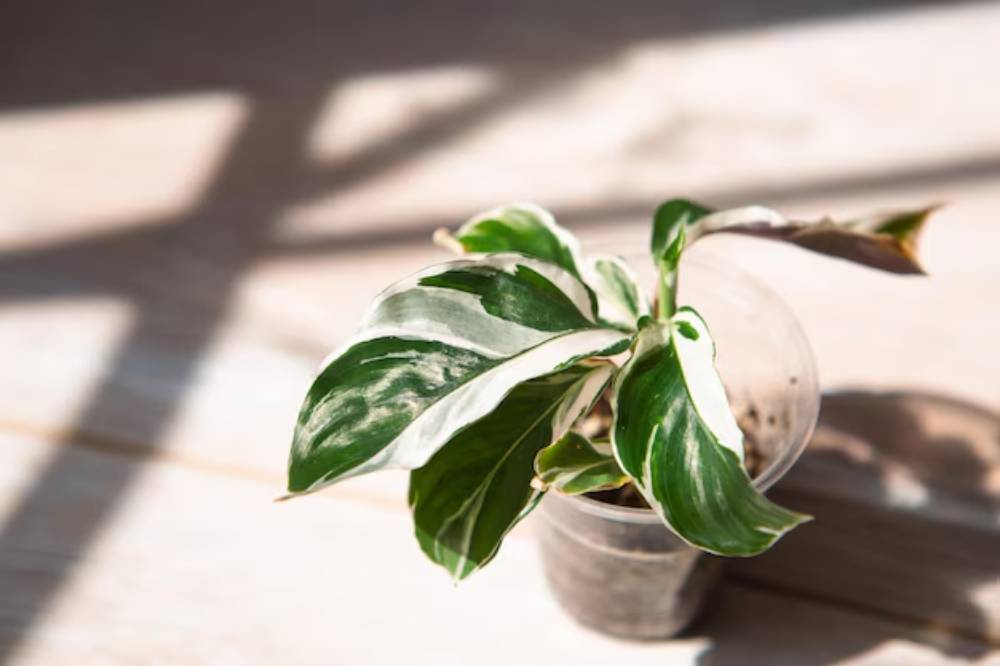
Why it’s an art piece
This plant is all about pattern and contrast. Its green, white, and lavender-hued leaves look hand-painted. Each leaf is uniquely variegated, creating an almost watercolour effect that feels softly luxurious.
How to style it
- Let it sit solo on a floating shelf to stand out
- Ideal against a deep wall tone — navy, charcoal, or emerald
- Use a light ceramic pot to enhance the brightness of the leaves
Care requirements
- Light: Prefers medium, indirect light (avoid direct sun)
- Water: Likes moist soil, but good drainage is key
- Humidity: Needs high humidity; use a pebble tray or humidifier
- Pet safe? Yes!
Design vibe: Soft elegance with a painterly twist
Its colour palette matches well with soft interior tones like blush, cream, and lavender. Group it with other pet-safe indoor plants for a worry-free, dreamy aesthetic.
3. Anthurium clarinervium
Why it’s an art piece
This velvet-leaf wonder features deep green, heart-shaped leaves with white, almost neon-like veins. Its dramatic form and velvety texture add depth and opulence to any corner of your home.
How to style it
- Highlight with a spotlight or place near a softly lit reading nook
- Combine with rich textures like velvet, brass, or wood for contrast
- A concrete or stone planter adds grounded balance
Care requirements
- Light: Bright, indirect light
- Water: Allow the top layer of soil to dry slightly between waterings
- Humidity: Prefers 60 %+ humidity
- Pet safe? No — keep out of reach
Design vibe: Moody minimalism with a luxe botanical edge
4. Monstera Thai Constellation
Why it’s an art piece
A rare take on the already iconic monstera, this version features creamy-white marbling splashed across huge fenestrated leaves. The variegation is stunning — like constellations in the night sky — and no two leaves are alike.
How to style it
- Showcase as a centrepiece in a bright room
- Let it sprawl in a corner or trellis upwards as a natural wall feature
- White or pale pots let the variegation stand out
Care requirements
- Light: Bright, indirect light (essential to maintain variegation)
- Water: Water when the top 2–3 cm of soil are dry
- Humidity: Moderate to high humidity
- Pet safe? No — mildly toxic
Design vibe: Celestial botanical meets gallery elegance
5. Euphorbia lactea ‘White Ghost’
Why it’s an art piece
Ghostly and surreal, this cactus-like succulent features chalk-white, sculpted stems with hints of pink or green. With no leaves, it stands out purely through form, like a living abstract sculpture.
How to style it
- Display against a dark background for contrast
- Excellent in minimal, Scandinavian, or industrial interiors
- Use a simple, geometric planter — matte black or cement
Care requirements
- Light: Full sun to bright light
- Water: Very little; allow to fully dry between waterings
- Humidity: Tolerates dry air
- Pet safe? No — contains irritating sap
Design vibe: Futuristic, architectural, and strikingly bold
Tips for styling exotic plants as focal décor
To make the most of your rare houseplants, consider these interior styling principles:
1. Use dramatic lighting
- Place plants where natural light hits them gently from the side
- Add clip-on spotlights or uplighting for evening impact
2. Pick the right container
- Choose a pot that enhances, not competes with, the plant’s beauty
- Matte, neutral tones or metallic finishes often work best
- Avoid bright patterned pots that distract from leaf detail
3. Create a gallery-style corner
- Combine your exotic plants with art prints, textured throws, or sculptural pieces
- Use shelves or plant stands to vary height and layers
- Limit your palette to keep the focus on the plants
4. Keep it minimal
- Let each plant breathe — they shine best when given room to be admired
- Avoid overcrowding, especially with bold statement foliage
5. Rotate for variety
- These plants grow slowly but will change over time
- Rotate their positions every few months to refresh your space
How to care for rare houseplants like a pro
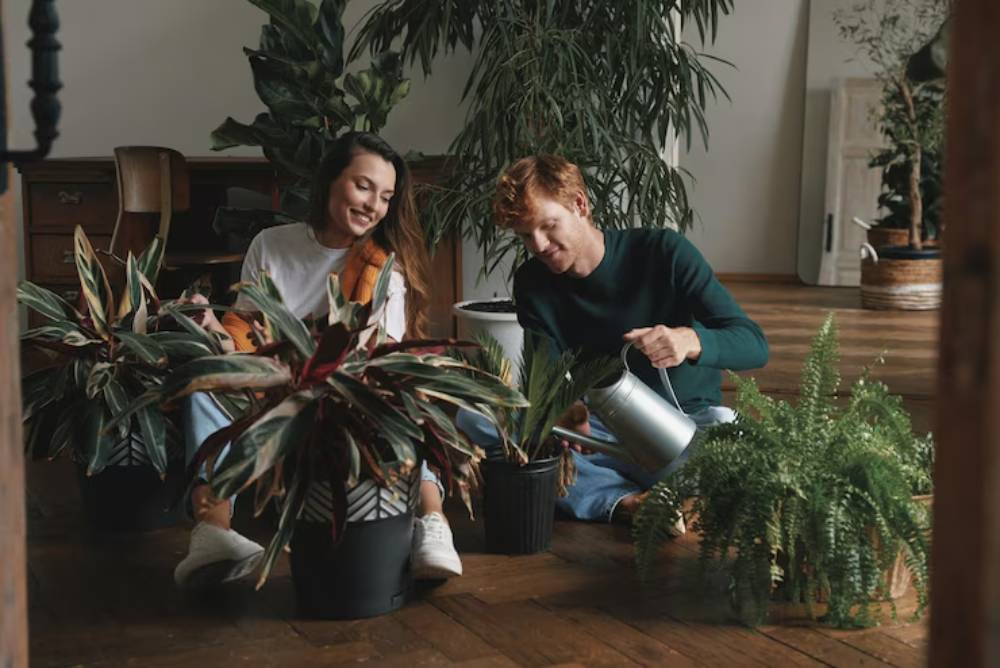
Exotic plants are special, but they’re not always fussy — especially when you follow a few golden rules.
General care tips:
- Light: Most need bright, indirect light — avoid harsh sun or deep shade
- Watering: Always check soil moisture before watering; overwatering is more dangerous than underwatering
- Humidity: Increase with trays, grouping, or a humidifier (especially in winter)
- Feeding: Use a balanced, diluted fertiliser every 4–6 weeks in the growing season
- Cleaning: Wipe leaves gently to keep them dust-free and radiant
Investing in a simple moisture meter can be a game-changer for precision care.
Conclusion: Let your plants do the talking
Your home is more than just furniture and walls — it’s a reflection of your mood, style, and story. And few things elevate that story like a well-placed, rare houseplant that doubles as a work of living art.
From the velvet drama of Anthurium clarinervium to the celestial patterns of a Thai Constellation, these plants blur the line between design and nature. They ask for a little care and give back so much in presence, personality, and pure visual poetry.
Ready to bring botanical art into your home? Pick one plant from this list and let it take centre stage. Then tag us or share your setup — we’d love to see how you’re styling your own piece of living sculpture.



